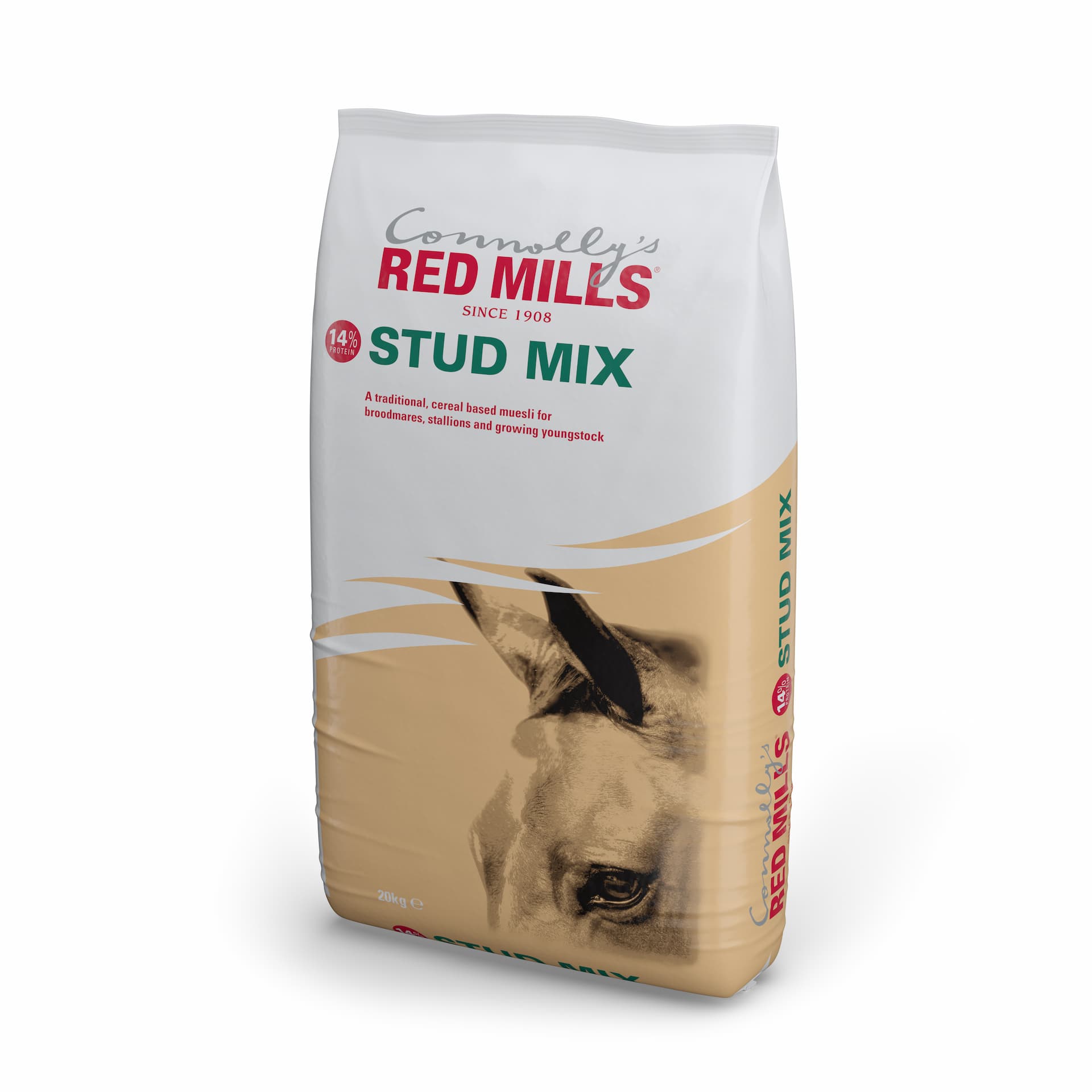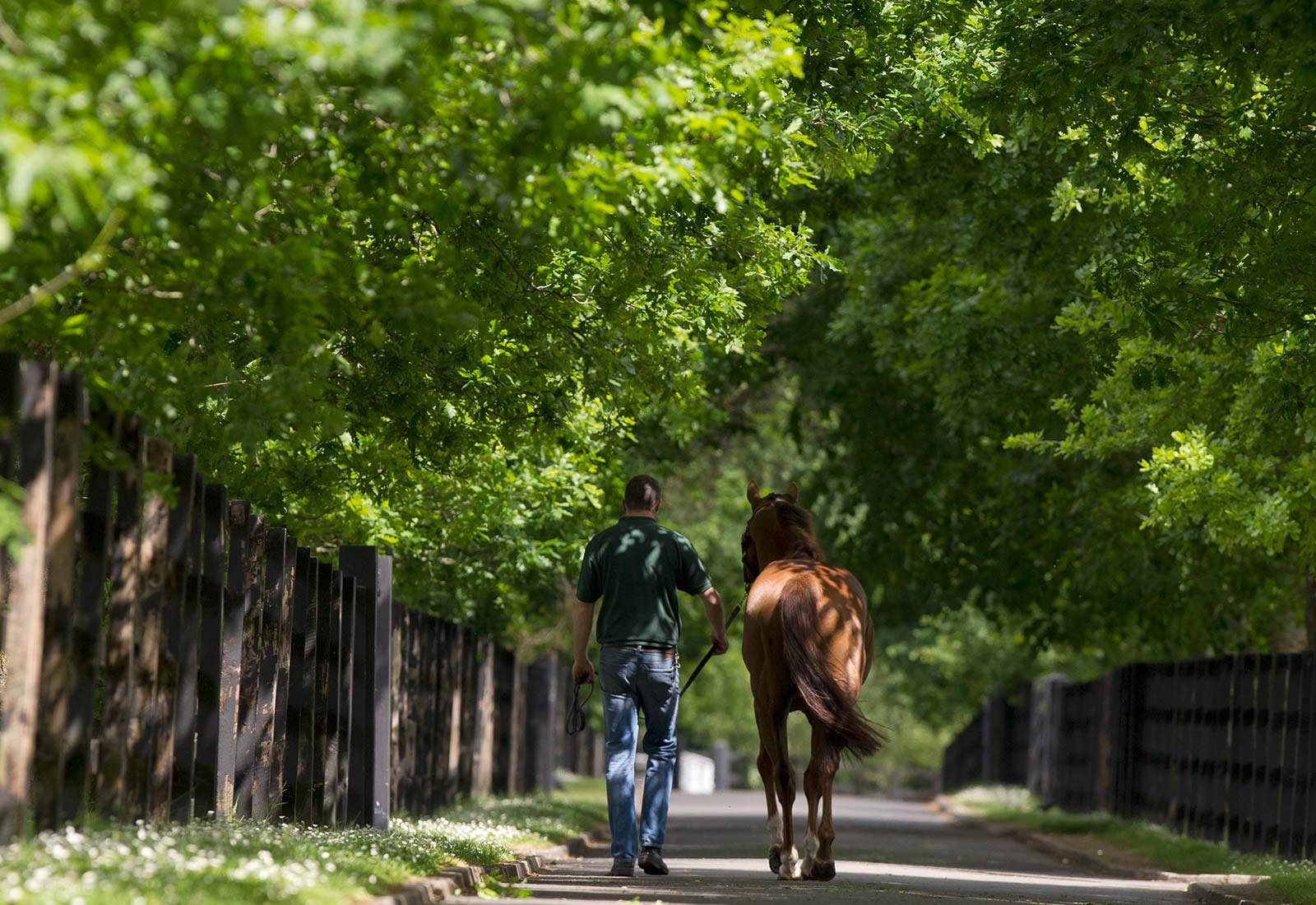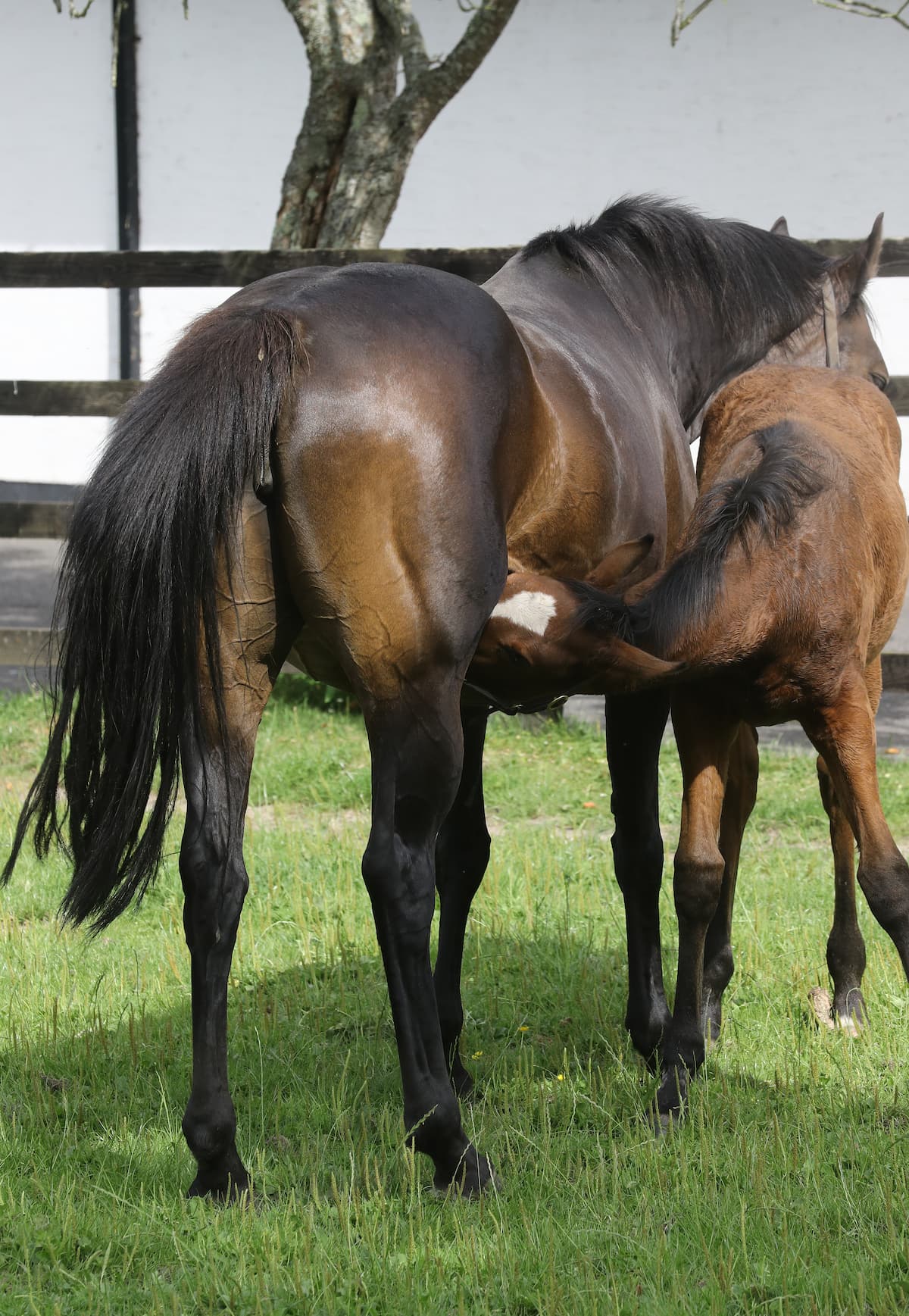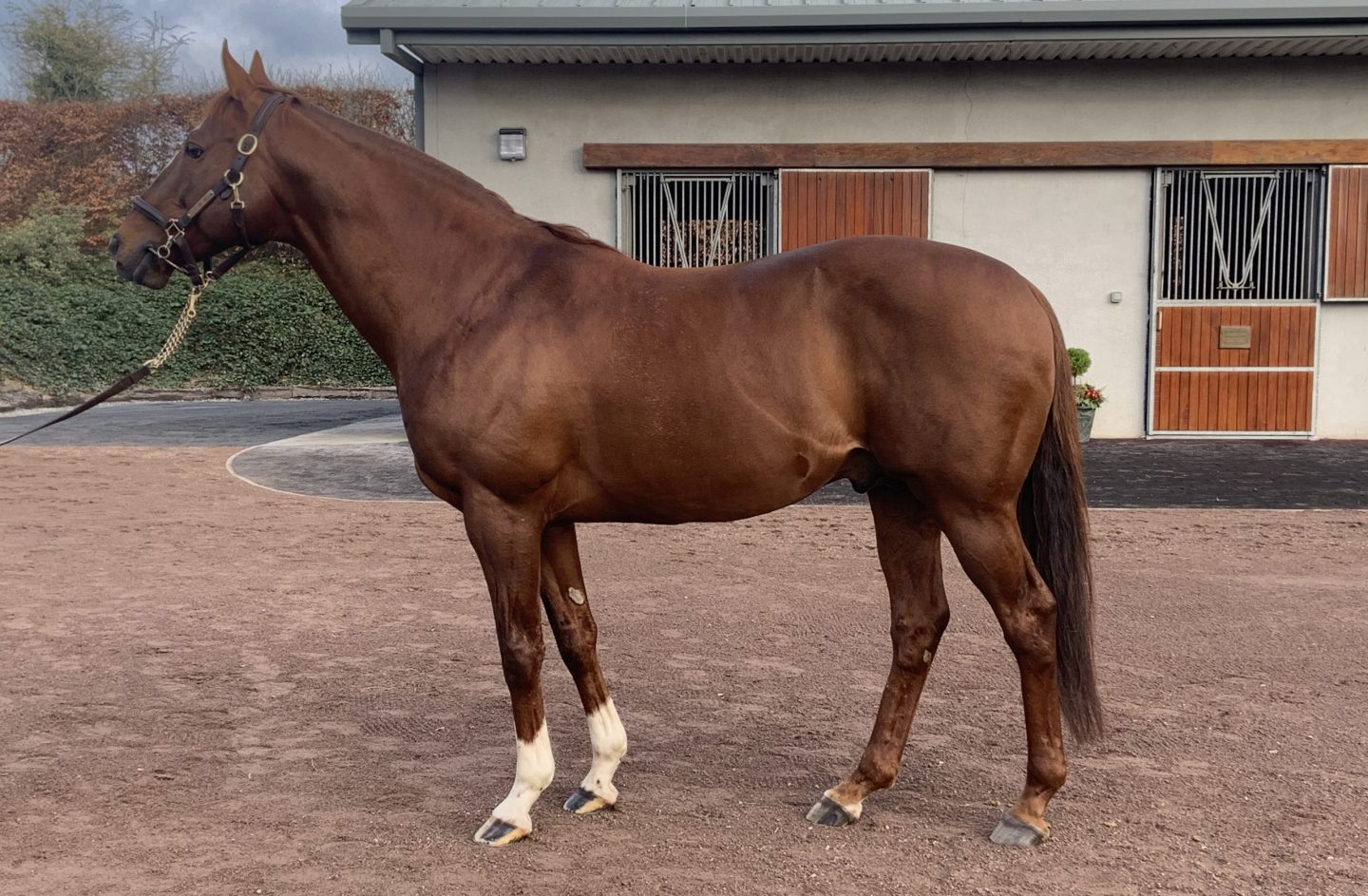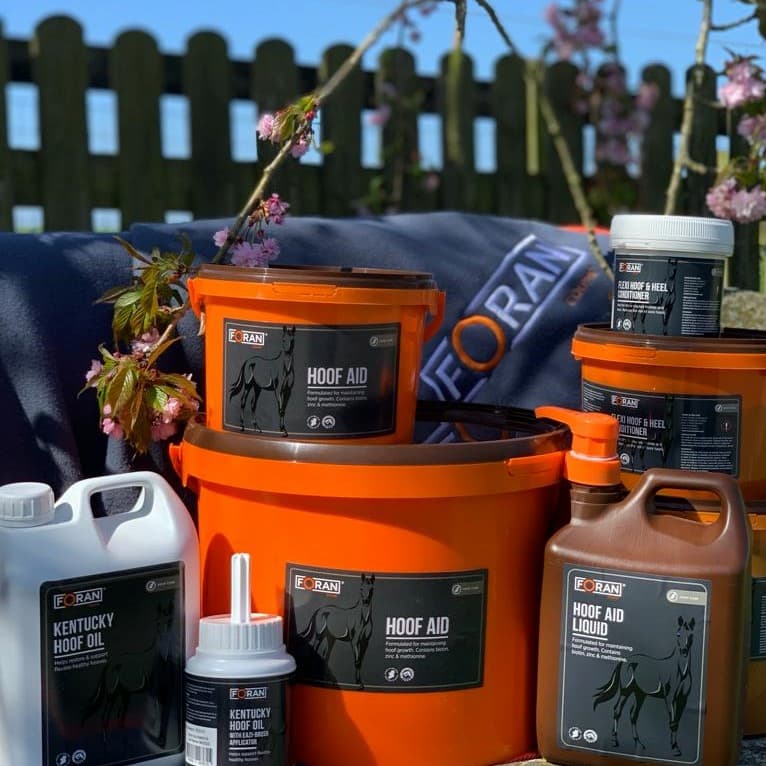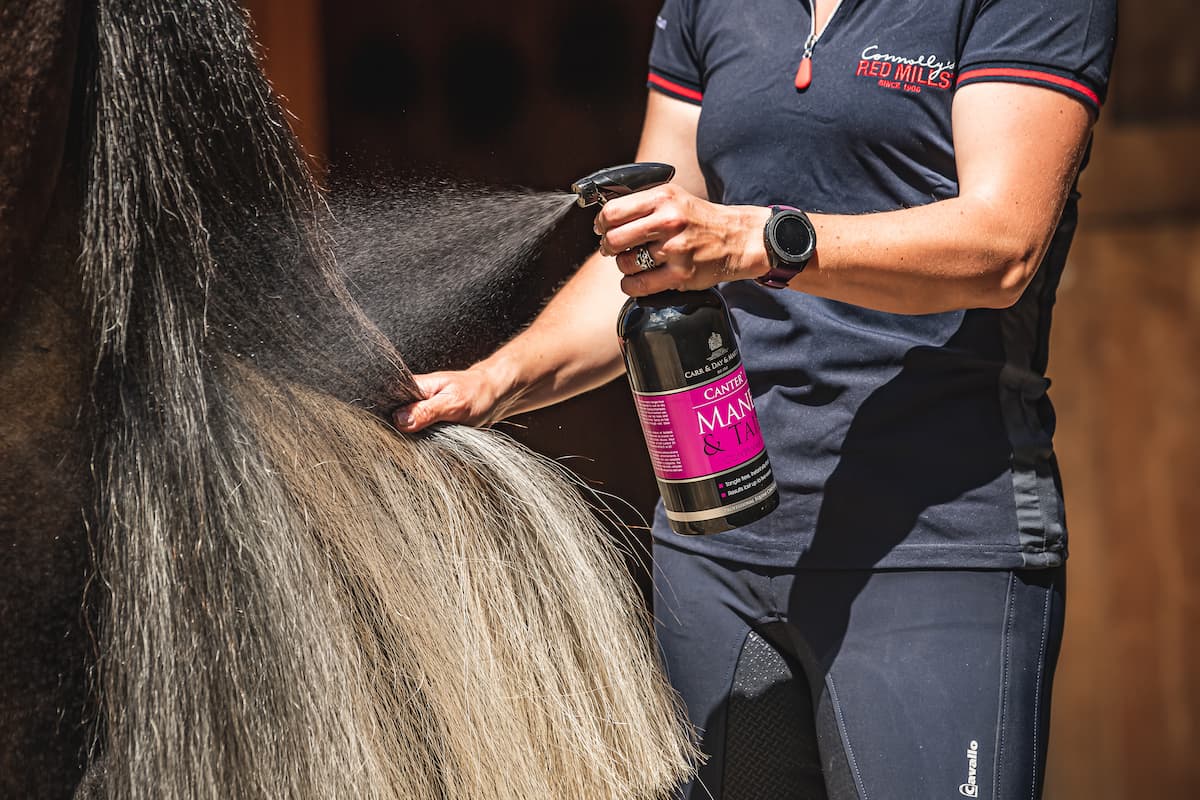Apr, 2020
The thought of horses suffering laminitis is one that owners fear and dread; this fear is reinforced by the confusion surrounding the topic! We read about insulin resistance (IR) related laminitis in equine publications all the time, but despite an immense effort by researchers, a cure or even a one-size fits all treatment regime remains a distant dream.
Laminitis affects the sensitive tissues of the hoof and it is essentially when the finger like projections, known as the laminae, become damaged and inflamed. These little structures are integral to the support system that holds the hoof wall and pedal bone in place. Significant pain and potentially irreversible changes to structure can occur as a result of damage.
For an owner, trying to make the connection between what goes in your horse’s mouth and these tiny structures in the hoof is a big leap, but it is a lot to do with the hormone known as insulin. Insulin is tasked with the job of maintaining a consistent blood glucose level, by either sending glucose to cells for energy or storing it for later use. IR is when your horse produces excessive amounts of insulin in response to feeding non-structural carbohydrates (e.g. sugars and starch).
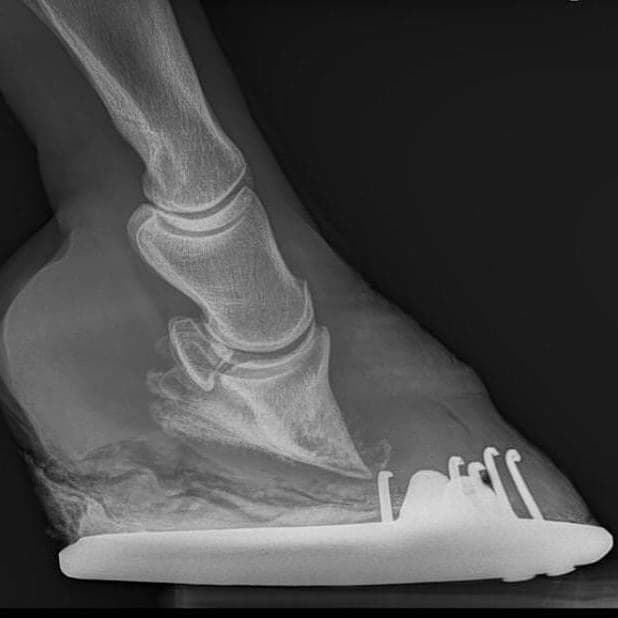
IR can develop for various reasons and occurs more commonly in specific breeds or types, for example native breeds. High starch diets, obesity and hormonal abnormalities, such as those resulting from Cushing’s disease, are associated with insulin resistance and therefore the risk of laminitis. Horse owners should appreciate that continuous access to rich pasture and concentrate feeds high in sugar and starch has the potential to induce IR in any horse, with or without underlying conditions. Find out more about starch here.
To look after your horse and to protect it from the increased risks you need to consider the following:
- Does your horse really need a concentrate feed?
- If it does, what is the starch content of the feed?
- How much access to pasture does your horse have?
- What is your horse’s body condition score (BCS)?
- How much exercise is your horse getting?
Depending on your response to these considerations you should:
| Monitor your horse’s BCS (ideally aim for a BCS of <3.5 out of 5) along with their exercise level and feed accordingly. |
| Consider feeding a nutrient-dense balancer or a multi-vitamin and mineral supplement especially if your horse can maintain body weight on forage alone. To ensure your horse’s diet is fully balanced feed Connolly’s RED MILLS PerformaCare Balancer or Foran Equine Chevinal Liquid, will provide key micronutrients without unwanted calories. |
| Think about feeding a low starch feed such as Connolly’s RED MILLS Horse Care Ultra Cubes, remember a hard feed should only be provided if your horse needs more calories than forage alone will provide. |
| Use methods such as strip grazing to limit access to fresh rich pasture. If this is not possible consider using a muzzle. However, discuss this option with your vet or nutritionist as it can have mixed results. |
If possible, increase your horse’s exercise level to help burn more calories and reduce weight if necessary. IR associated laminitis is preventable in many cases, so horse owners need to monitor their horse’s BCS and feeding regime carefully. Contact our team of expert nutritionist’s or your vet for advice on how best to reduce the risk to your horse.
Related Products
Contact our sales team via WhatsApp or email

Nicolas Gaumerais
Group Commercial Manager GCC Region
Based in the UAE, Nicolas Gaumerais is the Commercial Manager of Connolly's RED MILLS Group which includes Connolly's RED MILLS horse feeds and Foran Equine supplements sold in the GCC region. Nicholas regularly travels across the Gulf to meet customers.

Dominic Bligh
Group Commercial and Technical Executive GCC Region
Alternatively, reach out to Dominic Bligh who offers nutritional & technical support for Connolly's REDMILLS Feed and Foran Equine supplements. Dominic is also the Commercial Manager for Foran Equine Supplements. He regularly visits client's stables in the Middle East to advise on bespoke feeding programmes.

